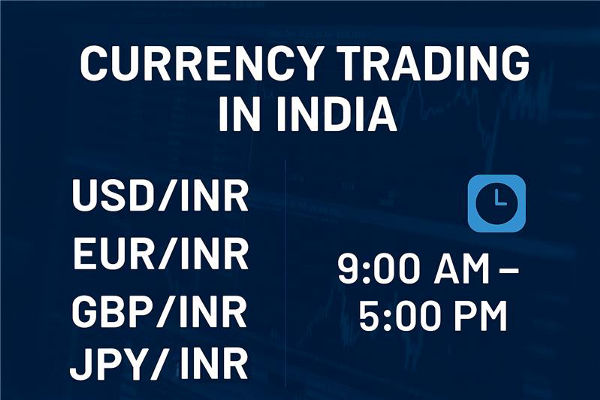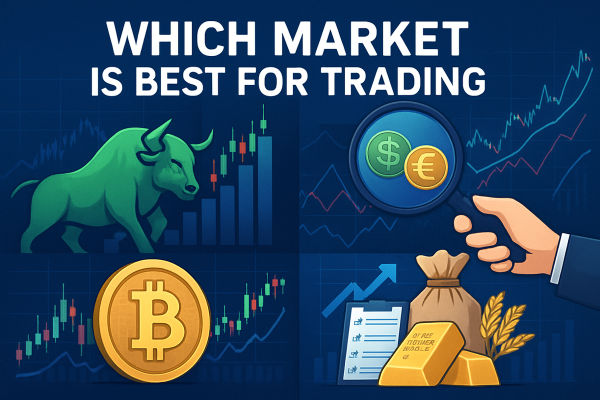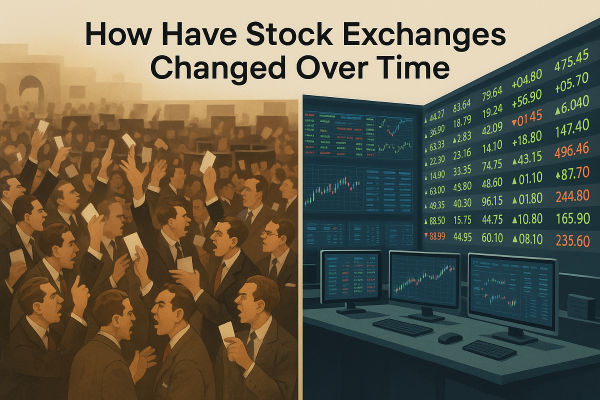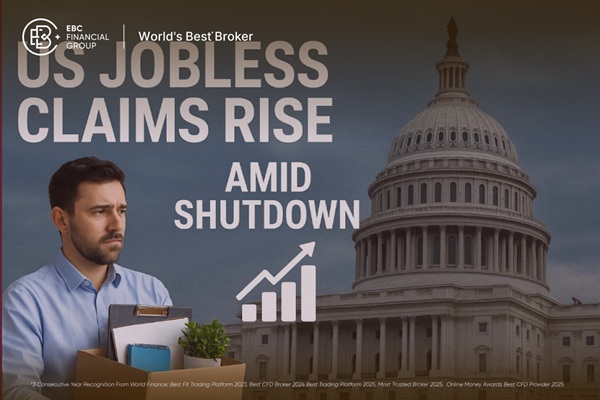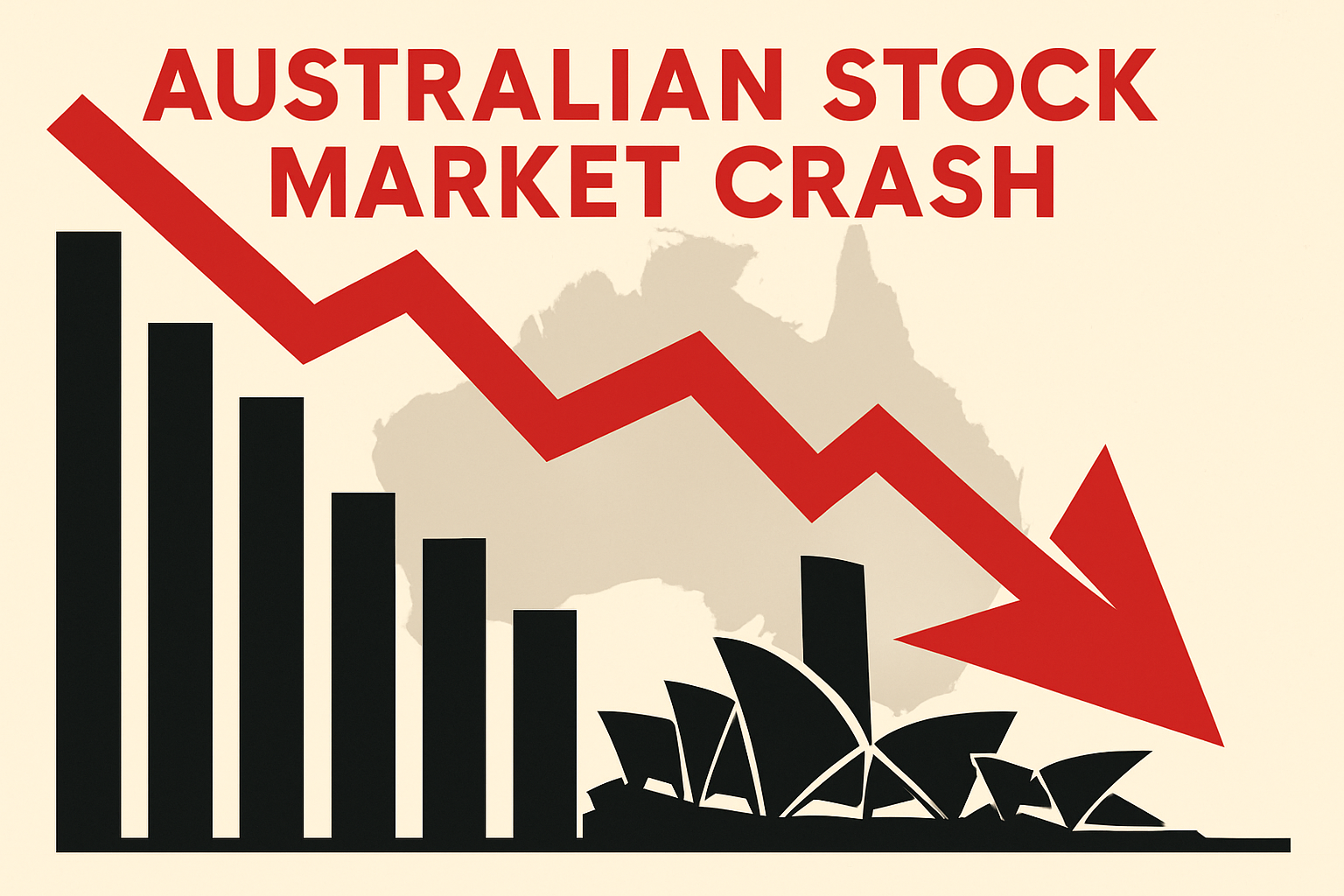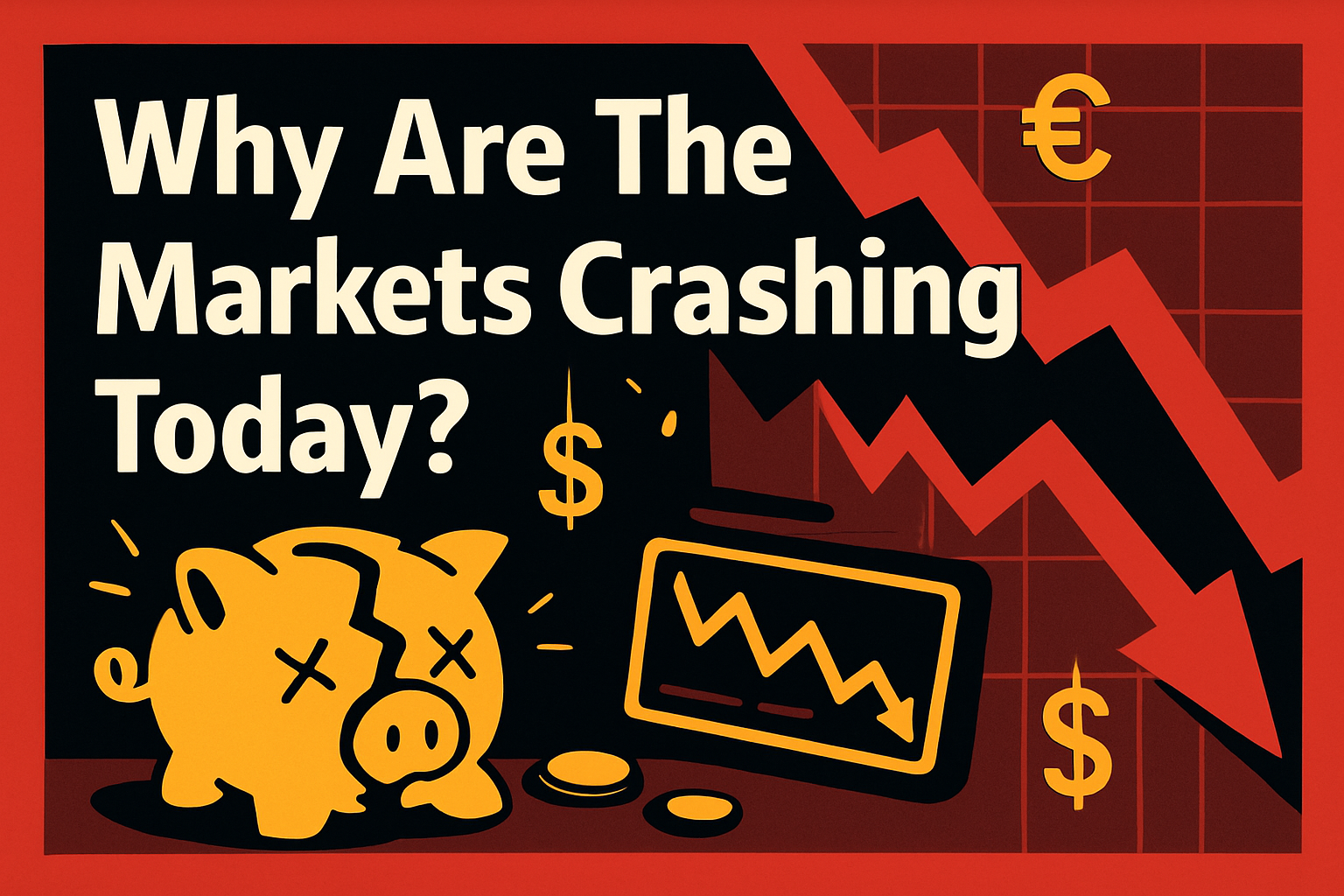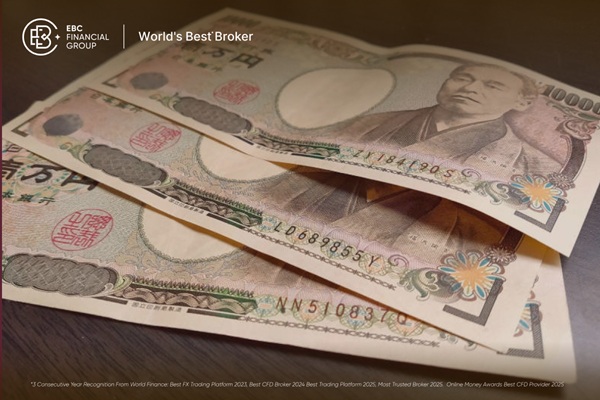Forex trading has become one of the most talked-about opportunities for Indian traders in recent years. But the first question on everyone's mind is always the same: Is forex trading legal in India?
The answer is yes, but only under certain rules. Trading must be done through approved brokers and within the proper legal framework. This ensures that forex trading in India remains transparent, structured, and safer for participants.
What is Forex Trading?

Forex trading, or foreign exchange trading, is the act of buying and selling currency pairs to profit from price movements. Traders speculate on whether one currency will strengthen or weaken against another.
With trillions of dollars exchanged daily worldwide, forex trading has become one of the most liquid and dynamic financial markets.
It attracts those seeking high liquidity, flexible trading hours, and global market access.
How To Choose The Best Broker For Forex Trading
Choosing a broker is one of the most important steps for anyone entering forex trading.
A reliable broker can make your journey smoother by keeping trading costs low, providing fast and accurate order execution, and offering a platform that is both intuitive and stable.
Just as important is having customer support you can count on, because forex markets run almost around the clock and traders need reassurance that help is always available.
The best brokers combine advanced technology with transparent pricing and flexible features like adjustable leverage.
For example, EBC offers strong liquidity, advanced tools, and a secure framework designed for both beginners and experienced traders. In practice, the right broker is more than just a platform, it becomes your trading partner.
Forex Trading Time in India
Forex trading in India follows specific market hours that align with global sessions. Here are the trading times in India you should know.
| Session |
Time (IST) |
Reason |
| Asian |
5:30 AM – 2:30 PM |
Early moves, generally lower volatility |
| European |
12:30 PM – 9:30 PM |
Higher activity, stronger price action |
| US |
6:30 PM – 3:30 AM |
Very active, high liquidity |
| Peak Time |
6:30 PM – 9:30 PM |
Overlap of European & US sessions, most liquid trading |
Tip: The peak overlap period is generally considered the best time to trade, as liquidity and volatility are at their highest.
How to Start Forex Trading in India
If you're just starting out, forex trading in India can be broken down into a few simple steps:
Pick a regulated broker – Choose a regulated forex trading broker to ensure safety and legality.
Create your account – Sign up online and complete the KYC process by submitting your ID and documents.
Add funds – Deposit money into your trading account to get started.
Select your currency pairs – Begin with popular INR-based pairs like USD/INR or EUR/INR.
Use a trading platform – Platforms like MetaTrader 4 or 5 will help you analyze charts and place trades.
Start small – Practice with small trades first, then slowly increase your position size as you gain confidence.
Risk Management in Forex Trading
Risk management is the backbone of successful forex trading. Even the best strategy will fail without it.
Smart traders always begin with a clear trading plan that defines entry and exit points, as well as how much capital to risk on each trade.
Stop-loss orders are essential for protecting against sudden market swings, while keeping leverage at a safe level helps prevent small mistakes from turning into large losses. [1] Limiting each trade to only a small portion of your overall capital ensures that you can continue trading even if some positions go against you.
Just as important as the tools is discipline: controlling fear and greed allows you to stick to your plan, and consistency matters far more than chasing quick wins.
For beginners, a demo account is one of the best ways to practice this.
Common Tools For Forex Trading
Technical indicators help traders make informed decisions. Popular tools include:
Bollinger Bands: Measure price volatility and identify potential breakouts.
Fibonacci Retracements: Highlight possible support and resistance levels.
Candlestick Patterns: Reveal market sentiment and trend reversals.
Economic Calendars: Track key events like central bank decisions or inflation data.
Key Forex Trading Strategies
Forex trading strategies vary depending on how long you want to hold trades and the kind of opportunities you're looking for. Each strategy requires discipline and careful risk management to succeed.
Scalping – Ultra-short trades lasting seconds to minutes.
Swing Trading – Holding positions for days to capture mid-term moves.
Trend Following – Riding strong market trends until reversal signs appear.
Breakout Trading – Entering trades when the price breaks support/resistance.
FAQs on Forex Trading in India
1. Do I need a lot of money to start forex trading in India?
No. Many brokers let you begin with as little as ₹500–₹1,000, making it beginner-friendly.
2. Can I trade forex in India using international brokers?
It's possible, but risky. Many foreign platforms are unverified for Indian traders, meaning you may have little protection if issues arise. [2]
3. Is forex trading safe for beginners?
Yes, if done through approved brokers with proper risk management. But remember, forex remains high risk, so start small.
Conclusion
Forex trading in India is growing rapidly, but success depends on discipline, planning, and having the right broker by your side. By starting small, managing risk carefully, and practicing consistently, you can build a foundation for long-term performance.
For traders looking for confidence and convenience, EBC Financial Group offers a dependable choice with advanced tools and a supportive trading environment.
Disclaimer: This material is for general information purposes only and is not intended as (and should not be considered to be) financial, investment or other advice on which reliance should be placed. No opinion given in the material constitutes a recommendation by EBC or the author that any particular investment, security, transaction or investment strategy is suitable for any specific person.
Sources
[1] https://www.nseindia.com/learn/online-courses-forex-and-commodities-training-program
[2] https://www.business-standard.com/finance/personal-finance/rbi-expands-alert-list-names-13-unauthorised-forex-trading-platforms-124102300648_1.html








